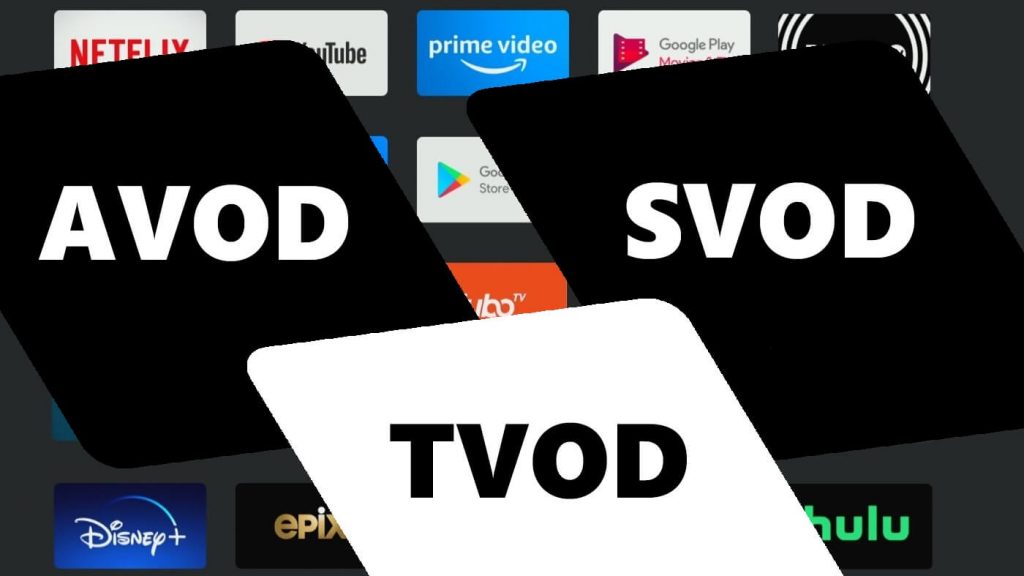AVOD, TVOD, and SVOD are popular platform formats in the video streaming industry. These words point out the format of the platform. Selecting one is an important part of your OTT strategy. You define how the platform earns money and how people access video content by choosing one format.
Let’s give them a closer look in this article.If you want to create your VOD platform, we recommend you contact Sepltex. They can offer a solution to achieve your business goals.
SVOD – Subscription-based Video-On-Demand
Subscription-based VOD seems to be the most popular monetization model thanks to international streaming services like Netflix or Hulu and some local services like USNILE or TVALB (Albanian TV)
SVOD platforms offer viewers to subscribe to their content for a limited period of time – a month or a year. To get this access, people need to purchase a fee. At the end of the paid period, the subscription can be canceled or renewed.
People love subscriptions because they offer them access to unlimited amounts of content. They can watch these videos at any time they want. They can even binge-watch without any ad interruptions. Moreover, SVOD platforms are usually available on many devices. That’s why viewers can also watch videos anywhere they want. An internet connection and a compatible device are the only required.
We should note that recently, a subscription fatigue phenomenon has been observed.
As the video streaming industry is growing, there are many subscription-based services. They offer great content, and people want to watch it. As a result, there are too many subscriptions to purchase in a month or year. Consequently, people are getting tired of all subscriptions they have and start canceling them. They switch to ad-based platforms.
AVOD – Advertisement-based Video-On-Demand
Ad-based services are becoming more popular because they don’t require people to pay a fee for access to content. People don’t need to purchase access, but they watch ads during the video playback.
As we said above, lately, viewers have started to use ad-based services more. Moreover, not only do viewers shift to AVOD platforms but also the video streaming market adapts to these changes.
For example, Netflix and Disney+ are introducing a multi-tier model that includes SVOD with ads and SVOD without ads. And subscription-based services with ads will cost less than those ad-free.
This may indicate that more subscription-based services will soon incorporate ad-supported packages. It seemed like advertisements were going to disappear, but it turned out that they are a better alternative for budget-conscious viewers. Surprisingly, ads were always a frustrating part of watching a program, and now people don’t mind viewing them.
TVOD – Transactional-based Video-On-Demand
Transactional-based VOD is also known as a pay-per-view monetization model. TVOD allows people to purchase a particular video they want to watch, and other videos are inaccessible because they need to be paid too.
TVOD can offer videos for retail or rent – which means that access to a video can be temporary or permanent.
Hybrid – There are more
Sometimes, providers use a combination of several formats. For example, TVOD and SVOD, SVOD and AVOD, and so on. Doing this, they offer people to choose what payment option suits them better.
These approaches have their advantages. For example, if you combine transactional-based VOD and subscription-based VOD, you allow people to try your content before buying access to it. By watching one video, they can decide whether they like to be your customers or not.
Final Thoughts
These are the most popular models to generate revenue in the video streaming industry. All of them have their positives and negatives, and you need to think thoroughly to define which monetization model to use on your VOD platform.

